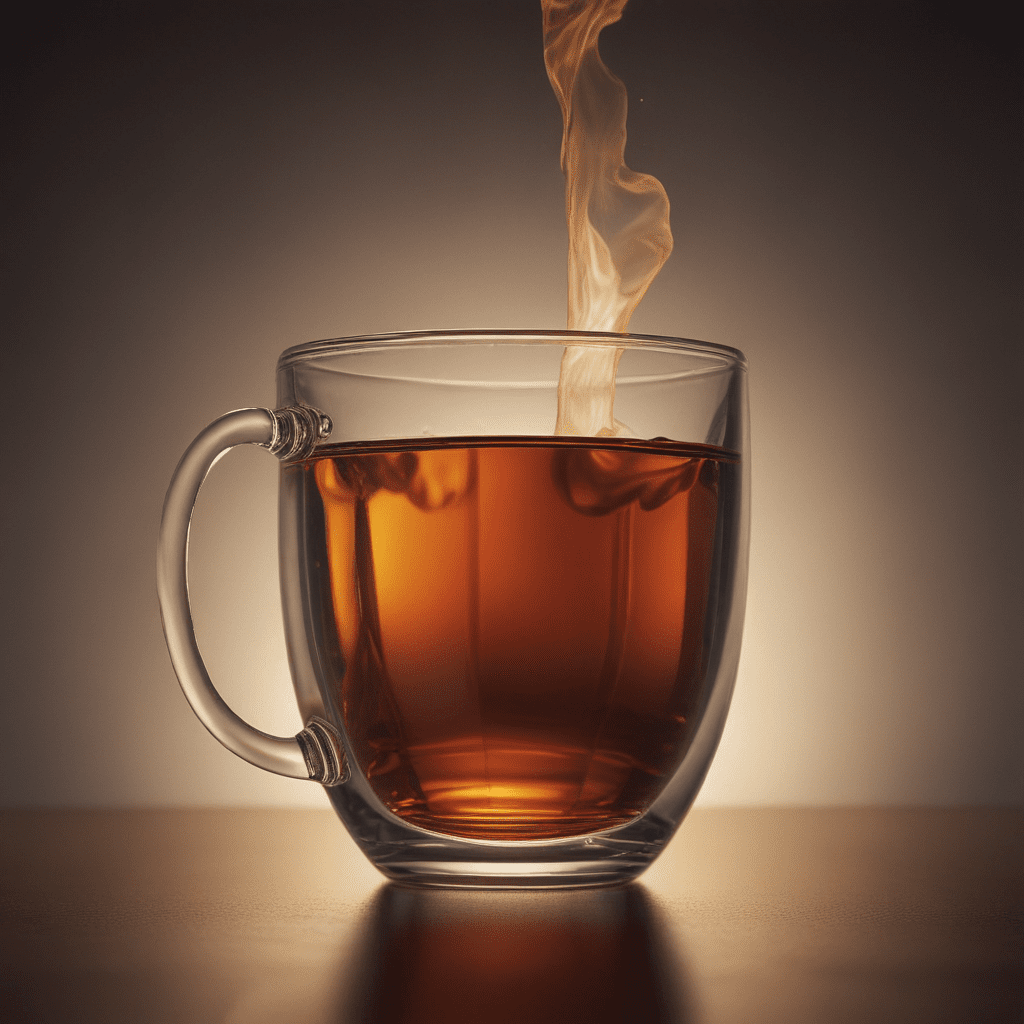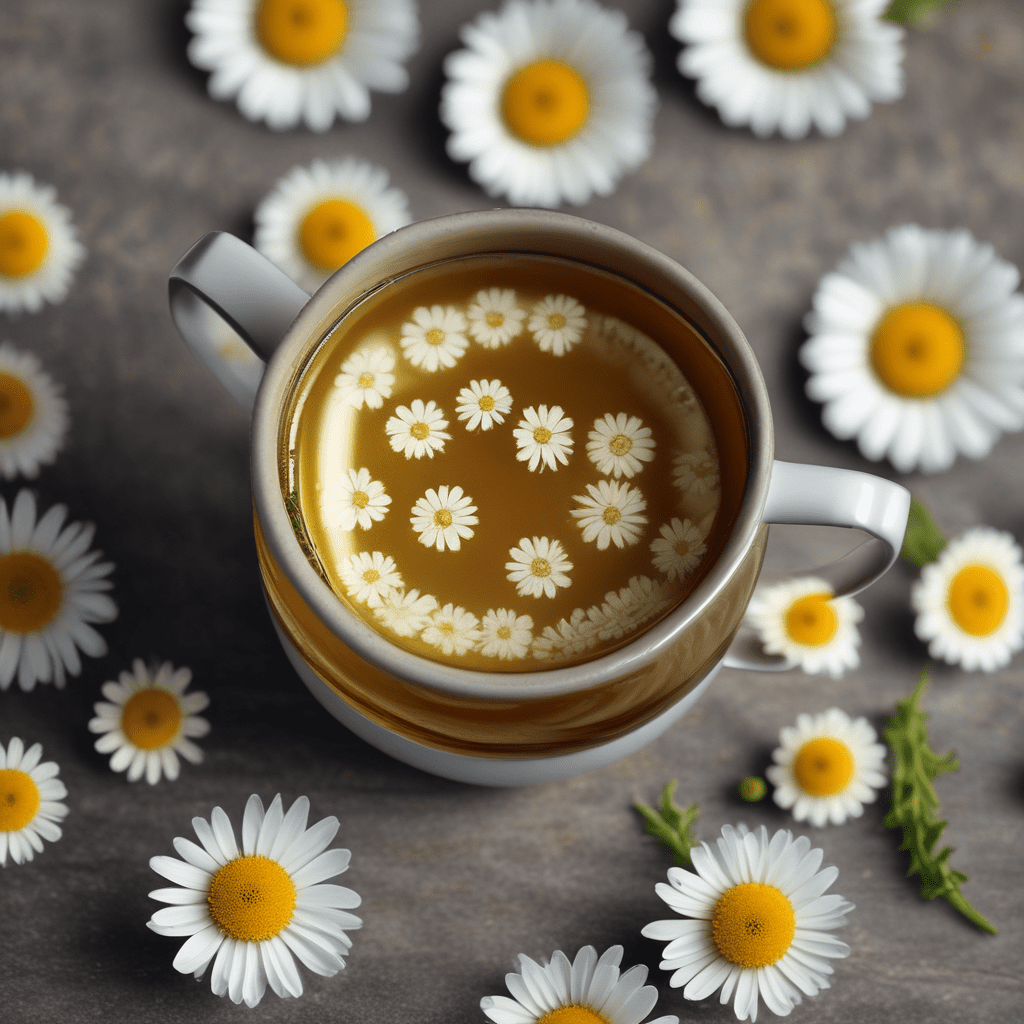
1. Introduction
Tea and music, two beloved elements deeply ingrained in the rich tapestry of Indian culture, have long held a unique and harmonious connection. Both tea and music have played pivotal roles in shaping the social and spiritual experiences of the Indian people, transcending their individual significance to create a sensory symphony that elevates the human spirit.
From the fragrant first sip of a freshly brewed cup of chai to the soul-stirring melodies of a classical raga, tea and music engage our senses in a profound way. This intertwined relationship between taste, smell, sound, and touch creates a multi-layered experience that transcends the merely physical, offering a glimpse into the depths of Indian culture and its profound appreciation for the finer nuances of life.
2. The Role of Tea in Indian Culture
Tea, with its aromatic allure and invigorating essence, has been an integral part of Indian culture for centuries. Its origins can be traced back to ancient times, with early mentions in scriptures and folklore. Over time, tea cultivation and consumption flourished, giving rise to a diverse range of varieties, each with its own distinct character and flavor profile.
From the robust Assam teas to the delicate Darjeelings, each region boasts its own unique blend, reflecting the local climate, soil conditions, and traditional methods of cultivation. Tea has become deeply woven into the fabric of Indian society, playing a significant role in various rituals and ceremonies, from welcoming guests to marking special occasions.
The act of sharing a cup of tea transcends the simple act of refreshment. It becomes a symbol of hospitality, bonding, and community, forging connections and fostering a sense of shared experience. Tea houses and cafes have become vibrant social hubs, where people gather to discuss, debate, and simply enjoy each other's company over a steaming cup of chai.
3. Music in Indian Tradition
Music, the language of the soul, has been an integral part of Indian culture since time immemorial. With its rich and diverse heritage, Indian music encompasses a vast array of genres, from the ancient Vedic chants to the vibrant folk melodies and the sophisticated classical ragas.
Each genre boasts its own unique instruments, rhythms, and melodic structures, reflecting the vast cultural and regional diversity of India. Music plays a central role in religious ceremonies, storytelling, and entertainment, serving as a powerful medium for transmitting cultural values and traditions across generations.
Whether it's the devotional hymns sung in temples, the soulful melodies of folk songs, or the intricate compositions of classical ragas, music has the power to evoke a wide range of emotions, from joy and devotion to sorrow and longing. It connects people to their heritage and provides a shared experience that transcends individual differences.
4. The Sensory Experience of Tea and Music
Both tea and music have a profound impact on our senses. Tea, with its diverse flavors and aromas, tantalizes our taste buds and olfactory senses. The warmth of the cup in our hands, the gentle sound of the liquid as we pour it, and the visual appeal of its color and texture all contribute to a multi-sensory experience.
Music, on the other hand, engages our auditory senses with its melodies, rhythms, and harmonies. The tonal variations, the emotional nuances conveyed through the instruments, and the overall composition create a soundscape that can evoke a wide range of emotions and memories.
When tea and music are combined, the sensory experience is further amplified. The subtle flavors and aromas of tea can enhance the appreciation of music, while the melodies and rhythms of music can heighten the enjoyment of tea. This interplay between the senses creates a harmonious whole that is greater than the sum of its parts.
5. The Interplay of Tea and Music in Indian Culture
Tea and music have long been intertwined in Indian culture. Traditional ceremonies often incorporate both elements, with music providing a spiritual and aesthetic dimension to the ritualistic use of tea. Tea houses and cafes have historically been venues for musical gatherings, where musicians would perform for patrons, creating a unique atmosphere of intellectual and artistic exchange.
The influence of tea on music is evident in the creation of certain genres, such as "chai geet" (tea songs), which celebrate the joys of tea drinking. Moreover, the specific qualities of different teas have inspired musical compositions, with musicians drawing inspiration from the subtle nuances of flavor, aroma, and texture.
In conclusion, tea and music, two seemingly disparate elements, form a harmonious symphony in Indian culture. Both have played pivotal roles in shaping the social and spiritual experiences of the Indian people, and their shared ability to engage the senses has created a unique and meaningful connection that continues to enrich the lives of countless individuals.
6. Enhancing the Tea Experience with Music
The act of pairing tea and music presents a unique opportunity to elevate the sensory experience and create a truly immersive and enjoyable ritual. By thoughtfully selecting music that complements the specific flavors and aromas of different teas, we can further enhance our appreciation for both elements.
For instance, the robust and earthy notes of an Assam tea pair well with the rhythmic energy of traditional Indian folk music. The bright and floral aromas of a Darjeeling tea complement the delicate melodies of classical ragas. And the calming and soothing qualities of a chamomile tea harmonize beautifully with the gentle sounds of nature.
Creating personalized playlists for specific tea-drinking occasions can further enrich the experience. For a morning tea ritual, one might choose uplifting and invigorating music to set the tone for the day. In the evening, relaxing and calming melodies can create a peaceful atmosphere for winding down.
Music can also be used to enhance the ambiance of tea-drinking spaces. The soft strumming of a guitar or the gentle sounds of nature can create a soothing and inviting atmosphere in a tea house or café. For a more private tea-drinking experience, one might choose to listen to a favorite album or playlist through headphones.
7. The Impact of Tea and Music on Wellbeing
The combined sensory experience of tea and music has a profound impact on our overall wellbeing. The act of focusing on the aroma, taste, and sound of tea while listening to calming music can promote relaxation, reduce stress, and improve our mood.
Studies have shown that listening to music can reduce levels of cortisol, the stress hormone, while tea contains antioxidants and other compounds that have been linked to improved cognitive function and mood regulation.
By engaging our senses and providing a mindful escape from the everyday hustle, the combination of tea and music can create a sense of tranquility and promote a state of well-being.
8. The Future of Tea and Music in Indian Culture
As India continues to evolve and embrace new trends, the future of tea and music in Indian culture remains bright. The growing popularity of specialty tea cafes and the increasing appreciation for the therapeutic effects of music suggest that these two elements will continue to play a significant role in shaping the cultural landscape of India.
Emerging technologies may also contribute to the evolution of the tea and music experience. For instance, music streaming services could offer curated playlists specifically designed to complement different types of tea. Virtual reality experiences could transport tea drinkers to different locations or historical periods, enhancing the sensory experience of tea-drinking.
With the continued innovation and creativity of the Indian people, the harmonious interplay of tea and music is sure to continue to enrich the lives of countless individuals for generations to come.
9. Conclusion
Tea and music, two seemingly disparate elements, have long been intertwined in Indian culture, forming a harmonious symphony that enhances our sensory experiences and contributes to our overall wellbeing. Both have played pivotal roles in shaping the social and spiritual fabric of Indian society, and their unique connection continues to inspire and enrich the lives of countless individuals.
As we look to the future, the interplay of tea and music in Indian culture remains vibrant and promising. With growing appreciation for the therapeutic effects of both elements and the emergence of new technologies, the future holds endless possibilities for exploring and experiencing the harmonious symphony of tea and music.
10. FAQ
What are some popular varieties of tea in India?
India is home to a wide variety of tea, including Assam, Darjeeling, Nilgiri, and Kangra. Each region boasts its own unique blend, reflecting the local climate, soil conditions, and traditional methods of cultivation.
What are some traditional instruments used in Indian music?
Indian music encompasses a vast array of instruments, including the sitar, tabla, sarod, veena, and flute. Each instrument has its own unique sound and playing technique, contributing to the rich tapestry of Indian music.
What are some tips for pairing tea and music?
When pairing tea and music, consider the flavors, aromas, and overall character of the tea. For instance, robust teas pair well with energetic music, while delicate teas complement calming melodies. Experiment with different combinations to find what works best for you.
What are some health benefits of tea and music?
Tea contains antioxidants and other compounds that have been linked to improved cognitive function and mood regulation. Music can reduce levels of cortisol, the stress hormone, and promote relaxation.
Where can I find more information about tea and music in Indian culture?
There are many resources available online and in libraries that provide information about tea and music in Indian culture. You can also visit tea houses and cafes or attend cultural events to experience the interplay of these two elements firsthand.

